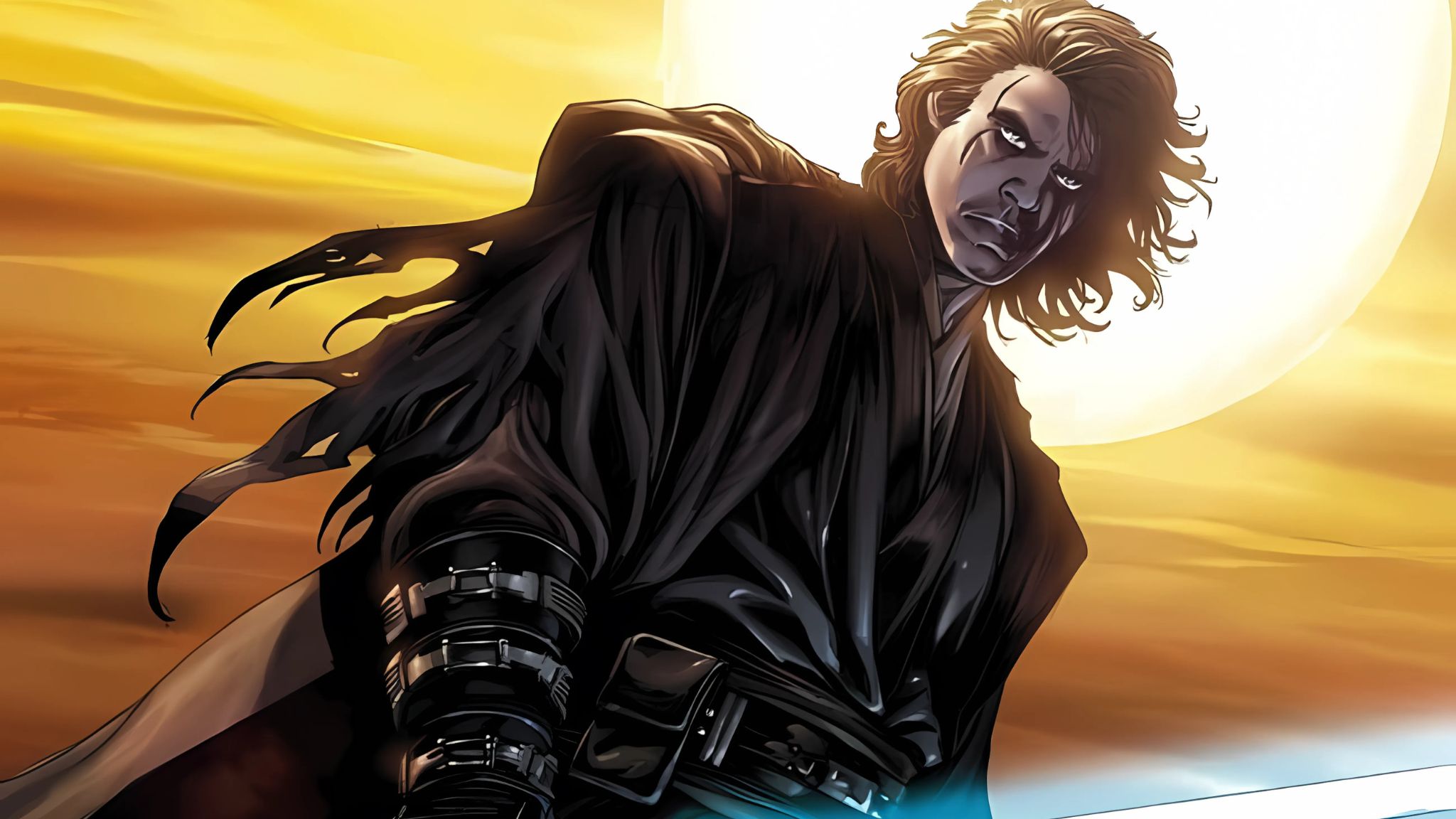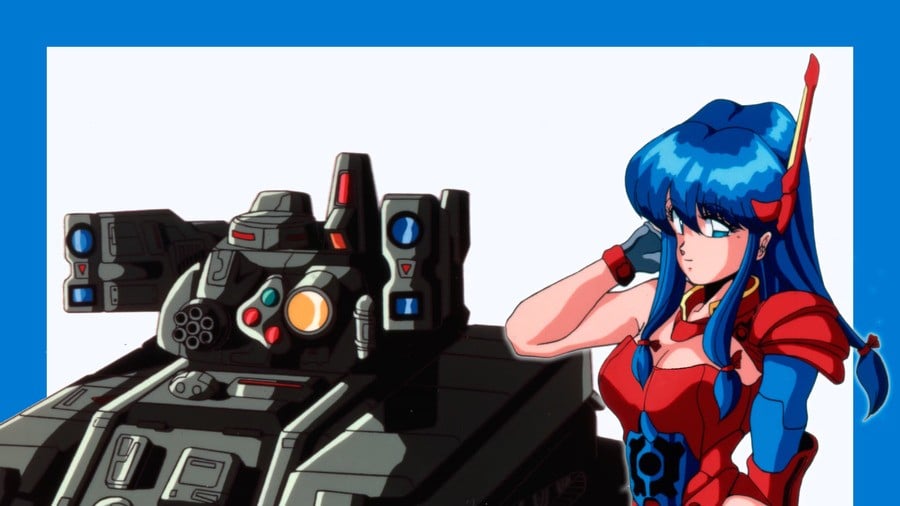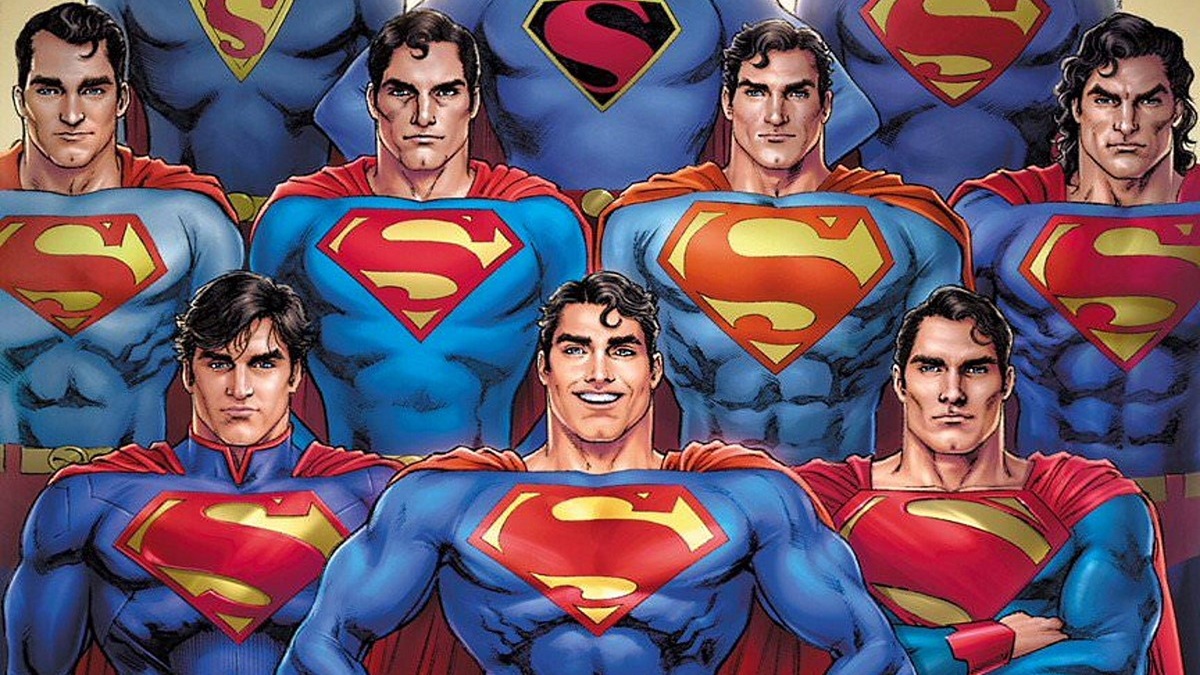The Comics That Inspired Star Wars Movies and Shows

The six-part comic book series titled “Star Wars: Dark Empire“, published by Dark Horse Comics, was penned by Tom Veitch and illustrated by Cam Kennedy. This series boldly explored the post-“Return of the Jedi” period, depicting a galaxy still struggling with the leftovers of the Empire. The series made a notable impact by bringing back Emperor Palpatine, who managed to evade death by moving his mind into clone bodies. This creative decision, though debated among certain fans, established cloning as a method for resurrecting strong Force-users, a plot element that would resonate in subsequent significant films.







